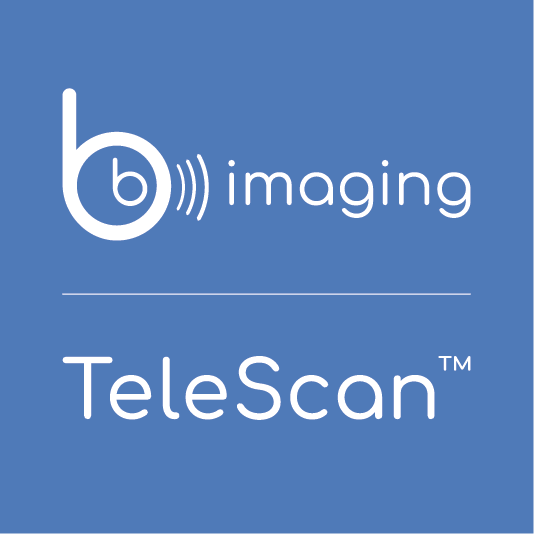Overview
Basic Qualifications
Bachelor’s degree in Software Engineering, or a related Science, Engineering or Mathematics field, plus a minimum of 5 years of relevant experience; or Master’s degree plus a minimum of 3 years of relevant experience. Agile experience preferred
CLEARANCE REQUIREMENTS:
Department of Defense Top Secret/SCI with Polygraph security clearance is required at time of hire. Applicants selected will be subject to a U.S. Government security investigation and must meet eligibility requirements for access to classified information. Due to the nature of work performed within our facilities, U.S. citizenship is required.
Responsibilities for this Position
General Dynamics Mission Systems has an immediate opening for a On-Site Senior Software Engineer. This position provides an opportunity to further advance the cutting-edge technology that supports some of our nation’s core defense/intelligence services and systems. General Dynamics Mission Systems employees work closely with esteemed customers to develop solutions that allow them to carry out high-stakes national security missions.
REPRESENTATIVE DUTIES AND TASKS:
The On-Site Senior Software Engineer position requires someone with a keen ability to rapidly solve software challenges with a focus on communicating effectively with the customer, team and end users on a highly important and exciting program. The ideal candidate must be able to work independently under pressure and effectively identify, recommend and solve mission related issues when software solutions are needed. The candidate must be able to communicate and work effectively with remote, non-collocated development teams.
The On-Site Senior Software Engineer will ensure the proper operation of the Mult-Int Analysis and Archive System (MAAS – FMV) which includes a large number of dependencies on other systems (e.g., video encoders, network infrastructure, database, etc). The candidate will focus on front end development related to customer software solutions on-site at the direction of the government customer and the MAAS development team. The candidate may support backend development and collaboration efforts in addition to front end development efforts.
In addition to solving ongoing operational problems, novel software solutions will be greatly valued, especially using the latest accepted software technologies. On-site software implementations and prototypes will be evaluated and migrated back into the formal software baseline at the factory.
The ideal candidate will have a general passion for software solutions and will possess an inquisitive mind that can quickly adapt and work effectively with the entire on-site team.
KNOWLEDGE SKILLS AND ABILITIES:
General language skillsets
Java (AOP, IOC)
Javascript, React/Redux, AngularJS
SQL, NoSQL, Graph
C++
General required concepts
GraphDB, SQL and NoSQL data modeling / visualization / queryingMS SQL Server, OmniSci, Accumulo/Hadoop preferred
Reactive application development in a web browser –Write and manage large applications in React/Redux, rxJS, Reactive Streams
Manage and bug triage legacy applications in AngularJS
Debug and troubleshoot applications in customer spaceApplications range from Java to C++ at priority determined by customer
Microservice API development and integration experience (gRPC/REST)Deploy micro and macro services in NodeJS or JBoss
Manage communication endpoints in gRPC or REST
REST based service level integration, API negotiation, Threading and Load Balancing
Leverage messaging engines and HA clustersKafka streams/ KsqlDB
Use and manage containers and orchestrationDocker/KubernetesCreating containers, deploying containers, managing container orchestration
Managing scalability of deployed software products
Heavily use ETL concepts and engines to decouple solutionsApache NIFICreating and maintaining orchestration templates, modifying templates provided from unclassified teams into classified space
Process
Prior experience operating with Kanban processes
Ability to manage and/or contribute to software baselines across classification boundaries


